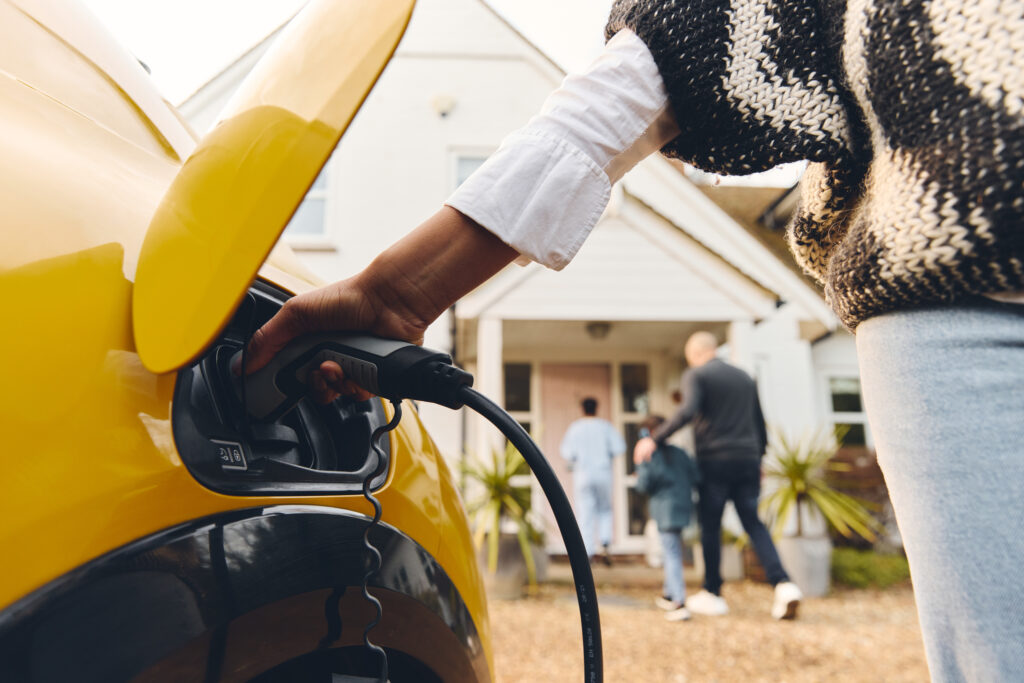Building a valuable pre-owned inventory is critical in an environment where chip shortages and supply chain breakdowns limit new car supply. However, just as essential as the inventory’s quality is the price paid for it, as many dealers derive much of their profits from the buy-side – not the subsequent sales.
Purchasing a vehicle at that optimal price requires the proper car appraisal process that collects and applies the relevant data. This article outlines seven steps a dealer might take to aggregate this data and design the strategy that determines those prices acceptable to the customer while providing the margins necessary to warrant the transactions.
The Car Appraisal Process: 7 Steps
Regardless of the car appraisal method, it is crucial to consider every aspect of pricing. The following are seven steps all dealers should consider when appraising a car:
- Determine the Vehicle’s Average Market Price. The first step is ascertaining the vehicle’s average market price depending on the make, model, trim, and year. This process should include looking up the VIN and browsing the vehicle directory.
- Evaluate the Trim and Upgrades. Inspect the vehicle for valuable upgrades, such as four-wheel drive capabilities, a navigation system, or a sunroof. Some enhancements are more influential than others, and the proper valuation software can help gauge each trim’s value-added.
- Factor in the Odometer Reading and Current Condition. The dealer should know the extent of the vehicle’s deterioration, including its current condition and mileage. This data helps determine the bulk of the price change.
- Identify Needs for Further Reconditioning. The vehicle may require costly repair or parts replacement, such as a damaged bumper or worn tires. Dealers must consider these reconditioning costs before making an offer or risk losing profit margins.
- Establish a Minimum Viable Margin. Dealers should go into every trade-in negotiation with a specific margin in mind. That number likely requires flexibility, but management should establish a maximum purchase price that accounts for market prices and expected reconditioning expenses.
- Know the Local Market. Context is essential to besting the local competition. Dealers should remain mindful of their local market, understanding what is happening specifically in their immediate and surrounding areas. This process includes examining similar vehicle prices and turn rates at nearby dealerships.
- Determine the Final Appraised Value. The dealer can then determine the wholesale appraised value, which considers the actual market price, reconditioning costs, the minimum specified margin, and local market factors.
Appraising Cars Accurately Requires the Best Digital Tools
An accurate car appraisal is critical to pre-owned operations. It enables your dealership to complete more trade-ins and achieve goal margins. However, doing so requires the proper car appraisal process that identifies the ideal pricing point to maximize those margins and turn rates.
Developing that optimal process requires valuation software that leverages the data needed to complete accurate appraisals and determine the best trade-in strategies for your dealership.
Contact us today and discover how Affinitiv’s Service Lane Appraiser can help your dealership establish a car appraisal process that maximizes margins and increases profitability.



